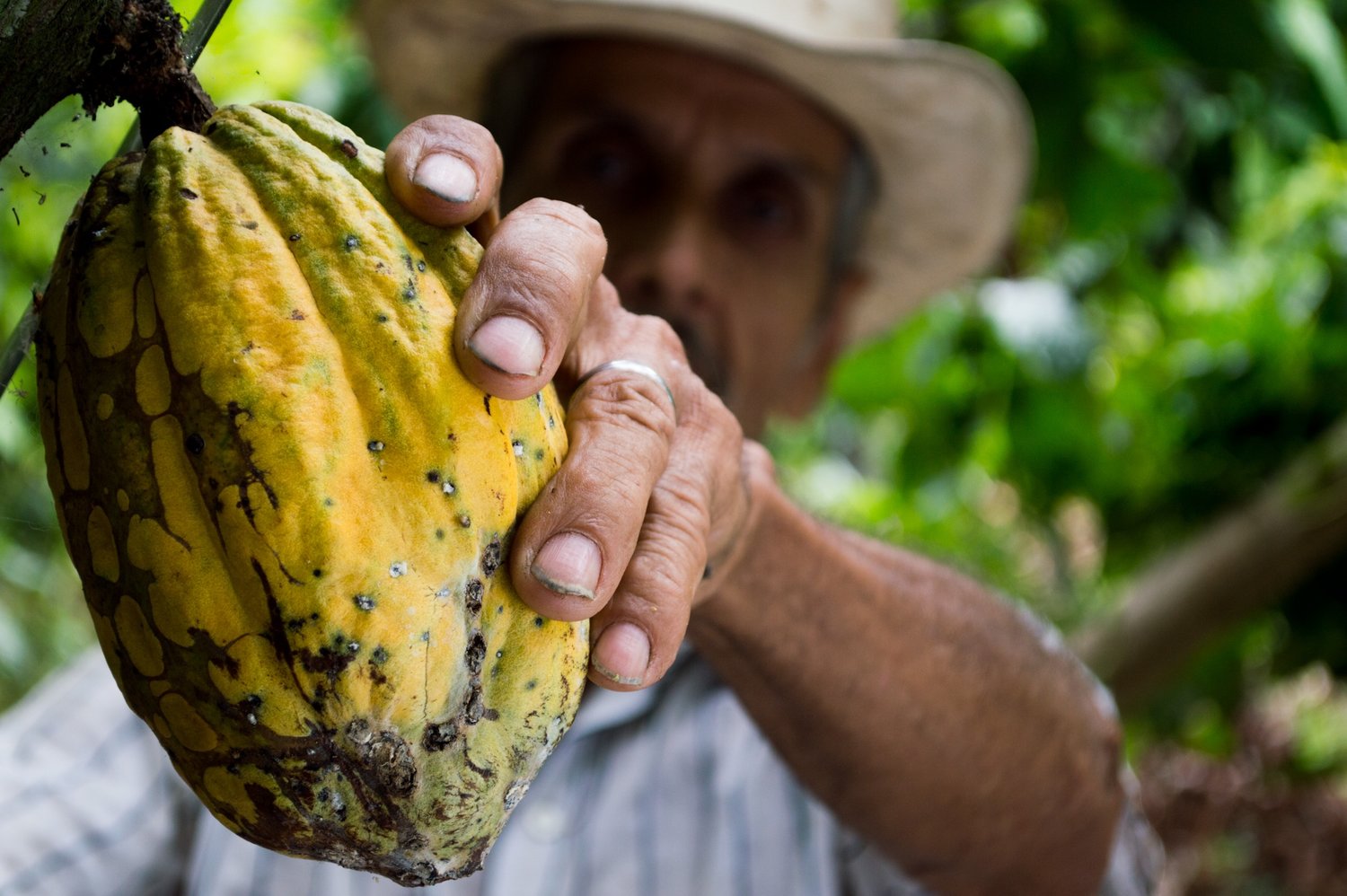The UN Climate Action Summit looked for ambitious commitments from governments and businesses as they try to tackle the climate crisis. But the gap between aspiration and delivery is often seen as a financial one. Away from the media spotlight, SYSTEMIQ’s blended finance team has been helping develop investment models and partnerships that connect financial and policy leadership to real-life projects.
As we draw closer to 2020, the so-called “Decade of Delivery”, most people continue to focus on the SDG funding gap – the multi-trillion-dollar shortfall between delivering the UN Sustainable Development Goals, and the money being mobilised to do so. New approaches to blended finance, backed by SYSTEMIQ, are inviting the development finance and investor community to think differently. They suggest not only how to narrow the gap, but also where that funding could be best directed to capture significant economic opportunity as well as the most value for people and planet.
Better finance, better world
It’s over two years since SYSTEMIQ launched the Blended Finance Taskforce. It focuses on scaling up private investment for high-impact sectors and geographies by bringing in new financial intermediaries, developing innovative instruments and building confidence around better data. The Taskforce works with a range of public and private sector champions to accelerate its mission, including pension funds, sovereign wealth funds, family offices, insurers, credit rating agencies, asset managers, project developers, development agencies, multilateral development banks (MDBs), foundations and NGOs.
The Taskforce starts from the need to use development capital more catalytically to mobilise additional commercial finance for SDG-related investments. This is something which many development funders have historically struggled to do – overall, MDBs still mobilise less than $1 of private capital for every dollar of their own funding.
Infrastructure – the big SDG driver
Some of the most advantageous projects, in SDG terms, face the most significant financing gaps. Sustainable, low-carbon infrastructure can accelerate huge improvements in people’s lives while generating risk-adjusted returns. However, infrastructure has typically been an underinvested asset class for investors, especially in developing countries.
The blended finance approach looks to make such assets in emerging markets more ‘investable’ by large-scale, mainstream capital. Of course, regulatory and policy changes, as well as mainstreaming the right financial instruments, are all part of the answer.
The Blended Finance Taskforce works with investors to scale up direct allocations to low-carbon, resilient infrastructure. As its “Infra 3.0” paper showed, this implies a rethink of the infrastructure itself – starting from the service need and envisaging a more efficient, “infra-light” means of delivery which utilises more distributed, digitised, shared-services models, while taking advantage of natural solutions and economic clustering to improve productivity.
Nature-based solutions – the climate hero
Despite being one of the most cost-effective counter-actions to the climate crisis, nature-based solutions like mangroves, coral reefs and even green spaces in cities – which moderate extreme temperatures, increase resilience to natural disasters and protect vital biodiversity – are also significantly under-invested.
“Blended finance can mitigate certain investor risks, creating the right incentives for capital to flow to impactful projects on the ground and ensure we pay for nature”, says Katherine Stodulka, SYSTEMIQ’s sustainable finance expert. This is particularly true of the team’s work to mobilise capital for forests and the blue economy – a key focus of UN Climate Week, where a new report confirmed that oceans could deliver 20% of the emissions cuts needed to keep global warming to 1.5C.
Stodulka points to two projects in Indonesia to demonstrate the real-world impact of blended finance. One is an ongoing initiative with the Indonesian government on the restoration of tropical peatland. The other focuses on the combination of sustainable fishing concessions, ecotourism and conservation in a marine protected area. “Indonesia has been a champion for SDG investment”, she explains. “These projects show that the expertise and leadership isn’t just North-to-South.”
The team also contributed much of the thinking behind “Growing Better”. The Food and Land Use Coalition’s recent report identified 10 critical transitions to transform global food and land use systems, which could open up an estimated $4.5 trillion a year in new business opportunities by 2030.
The report also identifies the risks of inaction: investors in the agro-food industry may be heavily exposed to emission-intensive industries such as traditional meat and dairy. It is not only investors in the energy sector who are likely sitting on 4-degree portfolios.
But translating today’s hidden costs into tomorrow’s new markets will require new business models that emphasise value over volume-based economics. Again, there’s a familiar paradigm at work: innovative partnerships are needed to help accelerate major shifts in the way we finance our food and land use systems, to “de-risk” new asset classes – and to achieve this at scale.
Across such a vast change agenda, some areas are easier to target than others. Along with healthier diets, diversified protein supply and food waste, the report signals digital solutions and new demographic and gender-equality approaches as having lower barriers to financial intervention.
By contrast, the largest investment will be required in forests, rural infrastructure and training farmers in regenerative agriculture practices. In these areas and others, as Stodulka explains, “increasingly, we’ll be looking to blended finance to help drive the difficult transitions for the global economy – not as a permanent solution, but as a way to shift the investment paradigm and capture new opportunities inherent within a more sustainable, low-carbon model of production and consumption.”
by Katherine Stodulka, Programme Director, Blended Finance Taskforce

